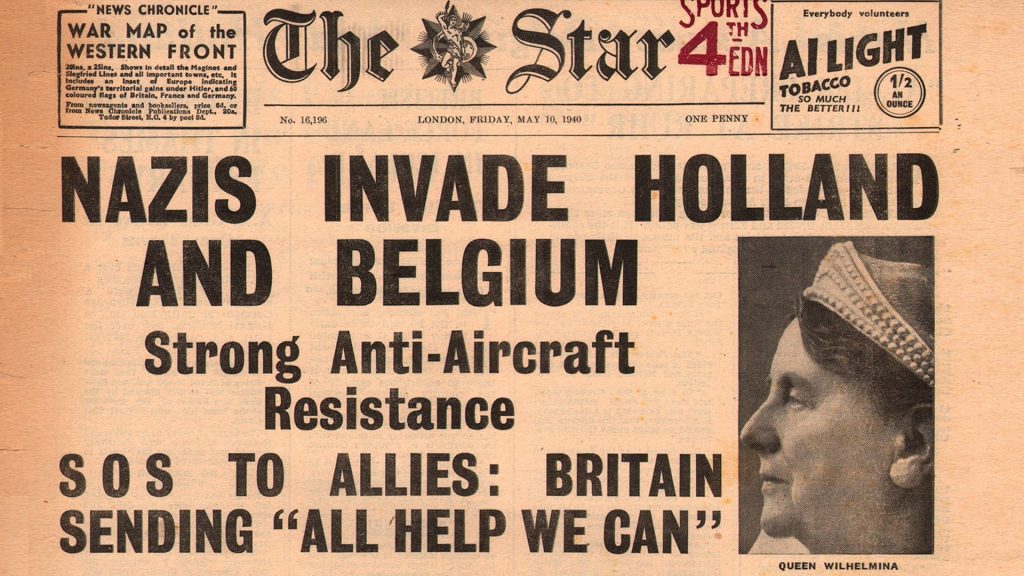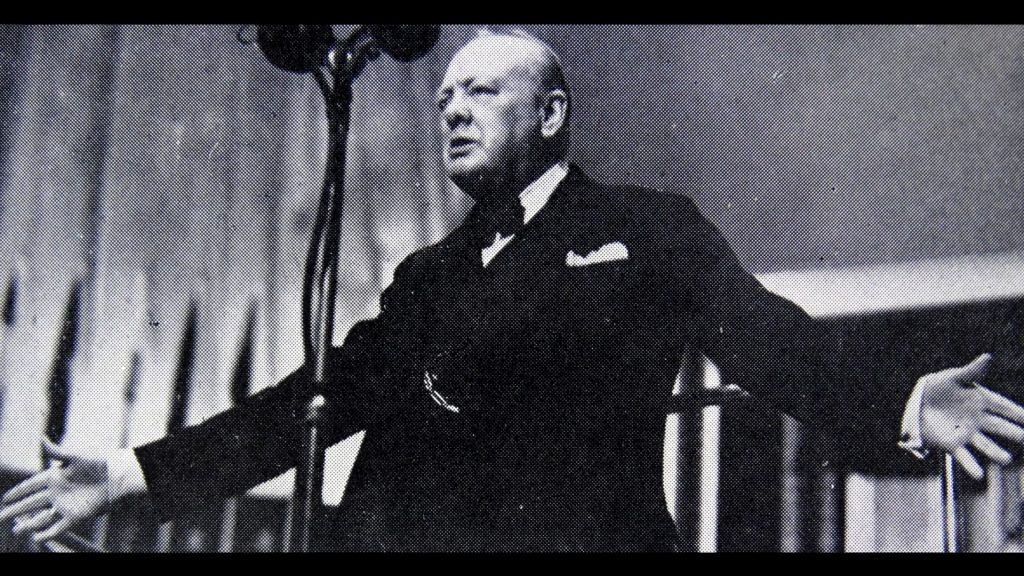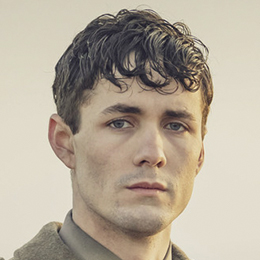Episode 4 History & Images
Learn about the real history of World on Fire Episode 4, from the Battle of Britain to the British prime minister who would go on to lead his country through the war, Winston Churchill.
- 1.
What Was the Battle of France?


World on Fire Episode 4 opens in Louvain in central Belgium in early May 1940, as the small unit commanded by Lieutenant Harry Chase resists a fierce German attack. Like most soldiers in battle, Harry is caught in the fog of war and knows little of German plans, beyond that they are clearly advancing toward France, or of the defense strategy of the British Expeditionary Force and its French allies.
In the bigger picture, such a German invasion through the Low Countries was not unexpected, since the only other practicable route into France was along the French-German border, which was defended by France’s heavily fortified Maginot Line. As French and British generals saw it, the obvious German strategy was a two-pronged attack: from the north through Belgium, coordinated with thrusts along the Maginot Line in the east, designed to break through weak points.
Few foresaw that the Germans would choose a natural obstacle between these two zones—the hilly, thickly wooded Ardennes forest—for their main assault. As Allied troops in Belgium battled what was really a German diversion, German tank divisions and supporting units broke through the Ardennes region against relatively light resistance and raced westward to the English Channel, trapping the Allied force in Belgium. Although this was not yet the end of the Battle of France, the handwriting was on the wall.
Watch newsreel footage from early May of 1940 depicting Europe at war.
- 2.
How Did Churchill Become Prime Minister?


Winston Churchill was nobody’s first choice for British prime minister when Neville Chamberlain abruptly resigned on May 10, 1940—the same day that Germany launched its offensive against France. Chamberlain’s obvious successor was the foreign secretary, Lord Halifax. Chamberlain wanted Halifax. King George VI wanted Halifax. All the party leaders in Parliament wanted Halifax. But Halifax felt that desperate times required a leader with more energy and grit than he had. As much as he hated to admit it, the logical choice was a garrulous, intemperate political gadfly, Winston Churchill.
For the previous decade, Churchill had been a lonely voice in Parliament for rearmament and resistance to Hitler’s demands. He had been a powerful and controversial politician during World War I, but in recent years he was considered a has-been and crank. However, his time had come. While many British leaders believed that negotiation with Hitler was the only way forward, Churchill was defiant. In his first months as prime minister he gave a series of speeches that set the mood and strategy that would see Britain through the war. His most famous address—to Parliament on June 4, 1940, as France teetered toward defeat—included these words:
We shall fight in France, we shall fight on the seas and oceans, we shall fight with growing confidence and growing strength in the air, we shall defend our island, whatever the cost may be. …we shall never surrender….
Discover more about World on Fire:
Keep track of all the action with our recap of World on Fire Episode 4.
Watch Julia Brown, World on Fire‘s Lois Bennett, answer fan questions when she took over MASTERPIECE’s Instagram!
Hear Cole Porter, Billie Holiday and iconic artists sing the songs of World on Fire in MASTERPIECE’s playlist.




















